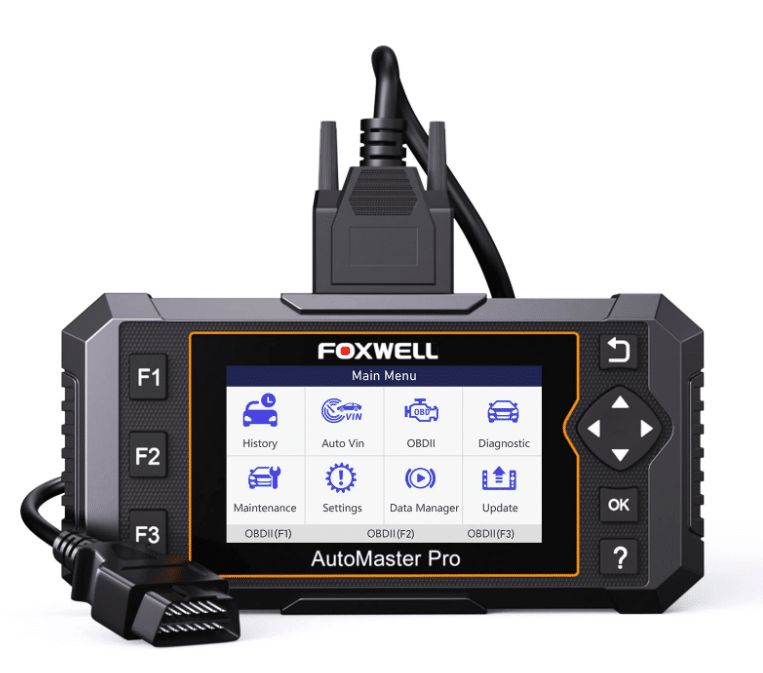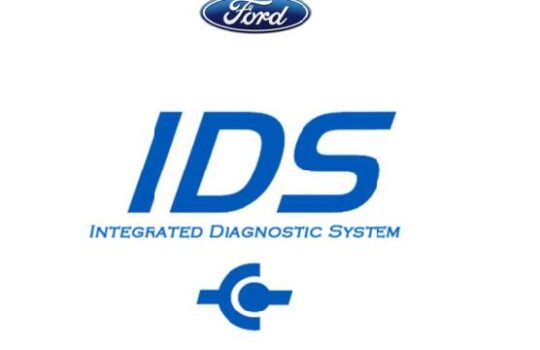How to Tell When Catalytic Converter is Bad | Guide
TL;DR: A noticeable drop in performance and fuel economy, along with unusual noises and odors, signal it may be time to check your catalytic converter.

Introduction
The catalytic converter plays a crucial role in reducing vehicle emissions and ensuring optimal engine performance. In this guide, we explain how to tell when catalytic converter is bad by identifying key symptoms and providing easy-to-follow diagnostic steps. Whether you are a seasoned mechanic or a DIY enthusiast with basic mechanical knowledge, understanding these warning signs can save you time and money.
Requirements and Tools
Before starting your diagnostic process, gather these essential tools and supplies:
- OBD-II Scanner
- Vacuum Gauge
- Safety Equipment such as gloves and protective eyewear
- Basic hand tools
A basic understanding of vehicle systems is also a prerequisite to effectively troubleshoot issues.
Step 1: Recognize Common Symptoms of a Bad Catalytic Converter
One of the first steps to determining how to tell when catalytic converter is bad is to look for symptoms. These symptoms include reduced engine performance, poor fuel economy, and the appearance of the check engine light on your dashboard. Additionally, you might notice unusual smells from the exhaust, such as a rotten egg odor, or experience frequent engine misfires. These signs indicate that your converter may not be processing exhaust gases efficiently.
Step 2: How to Check for a Clogged or Plugged Catalytic Converter
To further narrow down the problem, inspect whether your catalytic converter is clogged or plugged. Listen for any rattling noise that might suggest internal damage or blockages. You can check the exhaust flow while the engine is running; a significant decrease in output often points to restrictions. In some cases, vehicle diagnostic codes may hint at such issues, and using an OBD-II scanner can provide precise error readings.
Step 3: Diagnosing Catalytic Converter Problems
Diagnosing problems involves using specialized tools. An OBD-II scanner can detect trouble codes related to emissions, while a vacuum gauge helps verify performance variations. Monitoring the engine’s vacuum levels and exhaust pressure can indicate if the catalytic converter is impaired. Also, the inspection may reveal if the symptoms are due to other issues like engine misfires or sensor malfunctions. This step is vital for diagnosing a bad catalytic converter and isolating the problem.
Step 4: Inspecting the Catalytic Converter for Physical Damage
Perform a visual inspection of the catalytic converter for any signs of physical damage. Look for cracks, corrosion, or evidence of melting. A damaged converter may exhibit discoloration or structural deformation. This type of damage not only affects performance but can also pose safety hazards. Make sure to perform this inspection carefully, wearing safety equipment, and ensuring the engine is cool before touching any components.
Troubleshooting Common Catalytic Converter Issues
Even after following diagnostic steps, several issues may still arise. Common problems include:
- Overheating due to prolonged engine misfires.
- Contamination from oil or coolant leaks, which can ruin the converter’s internal structure.
- Physical blockages from soot or particulate buildup that restrict exhaust flow.
Review these troubleshooting points carefully. Below are some frequently asked questions regarding catalytic converter problems:
What causes overheating in a catalytic converter?
Engine misfires and unburned fuel can lead to overheating, damaging the converter’s internal components.
How can contamination affect catalytic converter performance?
Oil or coolant leaks can contaminate the converter, reducing its ability to process exhaust gases effectively.
What are some signs of blockage in the converter?
A noticeable drop in exhaust flow and performance often indicate that the converter is blocked.
When to Consider Catalytic Converter Replacement
If the symptoms persist even after troubleshooting, it might be time to consider replacing the catalytic converter. Consistent poor engine performance, a persistent check engine light, and confirmed physical damage are strong indicators for replacement. Consult with a professional mechanic to get an accurate diagnosis and understand the replacement process, which generally involves significant labor and cost.
Conclusion and Call to Action
In summary, knowing how to tell when catalytic converter is bad is essential for maintaining vehicle performance and reducing emissions. By following the steps in this guide—from recognizing symptoms to thorough diagnostics and troubleshooting—you can make informed decisions about repairs or replacement. If you’re uncertain about any of these steps or require further assistance, don’t hesitate to schedule an appointment with a trusted professional.
Written by Alex B., ASE Master Tech



